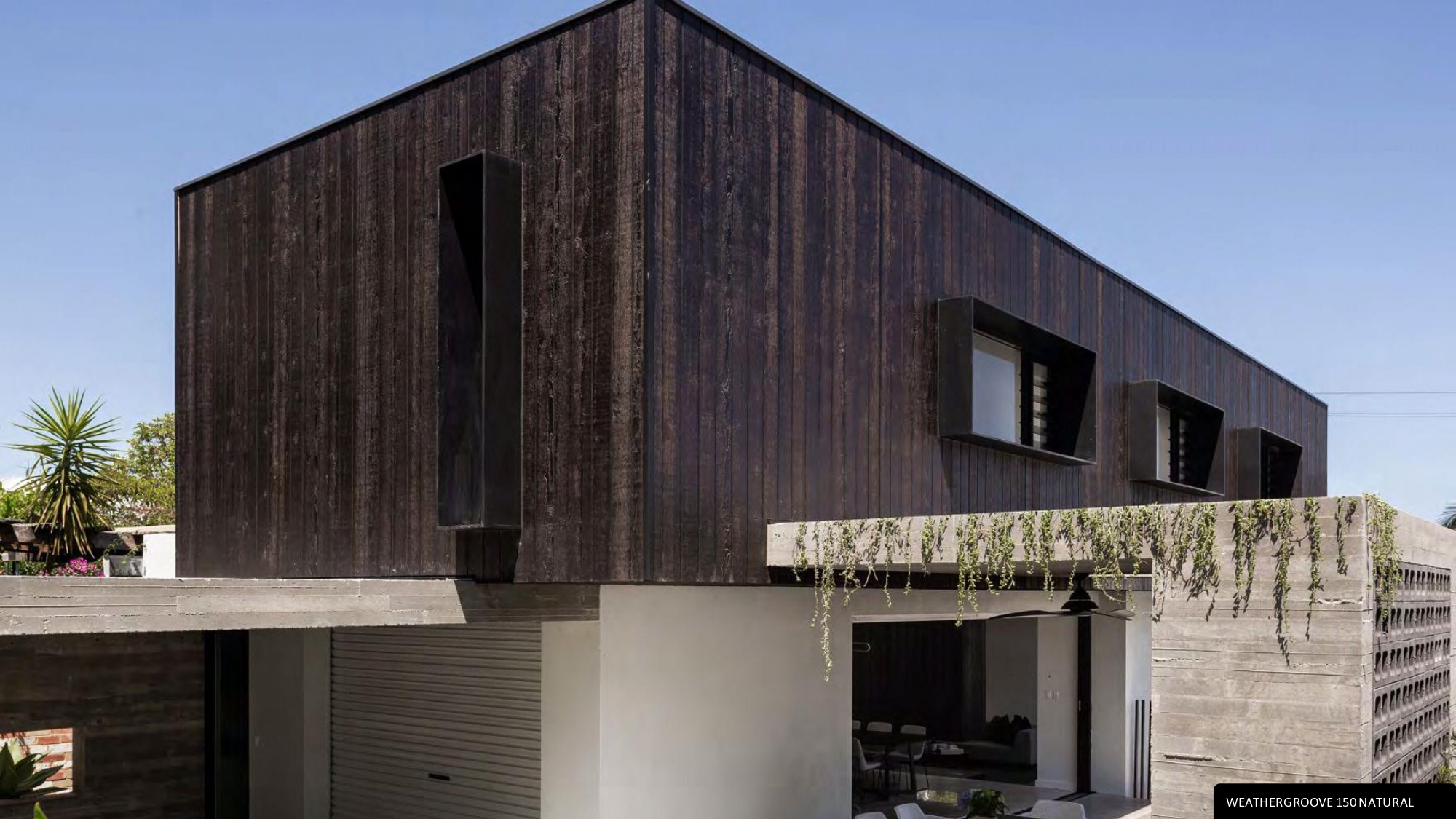Introduction to Wall Cladding
Wall cladding is a popular architectural technique that involves covering the exterior or interior walls of a building with protective or decorative materials. It serves both functional and aesthetic purposes, enhancing the overall look and performance of a structure.
Importance of Wall Cladding
Wall cladding plays a crucial role in safeguarding buildings from various environmental elements. It acts as a protective shield against weather conditions, preventing moisture infiltration and structural damage. Additionally, it contributes significantly to the building’s visual appeal, creating a lasting impression.
Types of Wall Cladding Materials

Exterior Wall Cladding
When it comes to exterior applications, various materials are utilized for wall cladding. These include but are not limited to:
Brick Cladding: Timeless and durable, brick cladding provides a classic look while offering excellent protection.
Wood Cladding: Aesthetic and versatile, wood cladding adds warmth to the exterior and is available in various finishes.
Stone Cladding: Elegant and robust, stone cladding enhances the building’s natural beauty and durability.
 Interior Wall Cladding
Interior Wall Cladding
Interior wall cladding involves materials suitable for indoor applications, such as:
Vinyl Cladding: Cost-effective and low-maintenance, vinyl cladding is a popular choice for interior walls.
Tile Cladding: Stylish and customizable, tile cladding offers endless design possibilities for indoor spaces.

Benefits of Wall Cladding
Aesthetic Appeal
Wall cladding provides an array of design options, allowing homeowners and architects to choose materials that align with their preferred style. The visual enhancement achieved through cladding contributes significantly to the curb appeal of a building.
Protection from Elements
One of the primary functions of wall cladding is to shield the building from external elements. It acts as a barrier against rain, wind, and UV rays, preventing structural damage and maintaining the integrity of the structure.
Thermal Insulation
Certain cladding materials offer thermal insulation benefits, helping regulate indoor temperatures. This not only improves comfort for occupants but also contributes to energy efficiency.

Installation Process
DIY vs Professional Installation
The installation of wall cladding can be undertaken as a do-it-yourself project or entrusted to professionals. While DIY may be suitable for some materials, complex installations or large projects often benefit from the expertise of skilled installers.
Maintenance Tips
To ensure the longevity of wall cladding, regular maintenance is essential. Simple tasks such as cleaning, inspecting for damage, and addressing repairs promptly can prolong the life of the cladding materials.
Popular Trends in Wall Cladding

Sustainable Cladding Options
As environmental awareness grows, sustainable cladding options are gaining popularity. Materials such as reclaimed wood, recycled metal, and bamboo provide eco-friendly alternatives without compromising on aesthetics.
Decorative Cladding Patterns
Incorporating decorative patterns in wall cladding is a contemporary trend. From geometric designs to textured surfaces, these patterns add character and uniqueness to the building’s appearance.
Choosing the Right Wall Cladding
Consideration of Climate
The climate of a region should influence the choice of wall cladding material. For example, areas with high humidity may benefit from materials resistant to mold and mildew.
Budget and Material Durability
Balancing budget constraints with the durability of materials is crucial. While some materials may be cost-effective initially, investing in durable options can save money in the long run.
Conclusion
In conclusion, wall cladding is a versatile and essential aspect of modern architecture, offering both functional and aesthetic benefits. Whether used for exterior protection or interior decoration, choosing the right cladding material is vital for the longevity and appeal of a building.
FAQs
- Is wall cladding only for exterior use? Wall cladding can be used both for exterior and interior applications, providing protection and enhancing aesthetics.
- How often should wall cladding be maintained? Regular maintenance is recommended, including cleaning and addressing any damages promptly, to ensure the longevity of wall cladding.
- Are there eco-friendly options for wall cladding? Yes, sustainable cladding options such as reclaimed wood and recycled metal are becoming increasingly popular.
- Can I install wall cladding myself? DIY installation is possible for some materials, but complex installations may require professional expertise.
- What factors should I consider when choosing wall cladding? Consider climate, budget, and material durability when selecting wall cladding to ensure it meets your specific needs.


